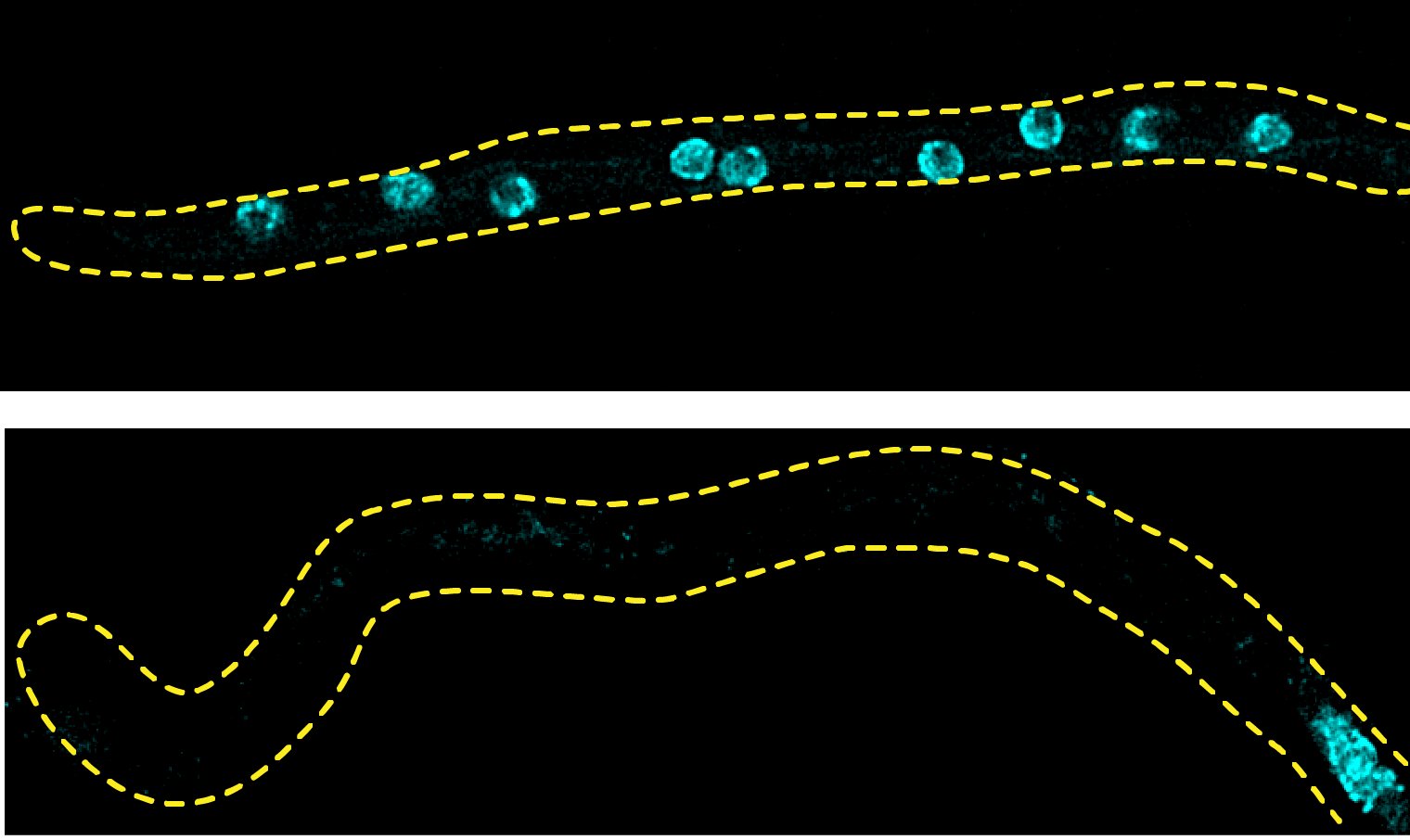
Eukaryotic cells transport macromolecules over long distances along the microtubule cytoskeleton using the molecular motors dynein and kinesin. One barrier to understanding how motors transport a vast array of cargos with spatial and temporal specificity is the lack of rapid genetic methods to identify new genes involved in the process. In the March 1 issue of Molecular Biology of the Cell, the Reck-Peterson Lab reported a microscopy-based screening method involving multiplexed genome sequencing in the model organism Aspergillus nidulans. A. nidulans, a filamentous fungus, is an ideal model to study transport because of its reliance on the microtubule cytoskeleton for growth, the ease of manipulating its genome using homologous recombination, and its well-characterized life cycle that is amenable to rapid genetic analysis. Using this new screening method, the lab discovered new alleles of motors and motor regulators. Both dynein and kinesin motors transport multiple cargos in A. nidulans. One of the major findings the lab made from studying new alleles of the dynein motor was that different dynein cargos have distinct requirements for motor speed, with some cargo (the nucleus) only requiring a dynein motor that can move at a fraction of its maximal speed, while another cargo (endosomes) requiring maximal dynein velocity. This screening method will likely pave the way for many additional discoveries about the mechanism and regulation of intracellular transport.
In the figure, nuclei distribute normally in wild-type A. nidulans hyphae (top), but not in hyphae lacking dynein (bottom). Slow-velocity dynein mutants can still distribute nuclei but not endosomes, revealing cargo-specific velocity requirements.